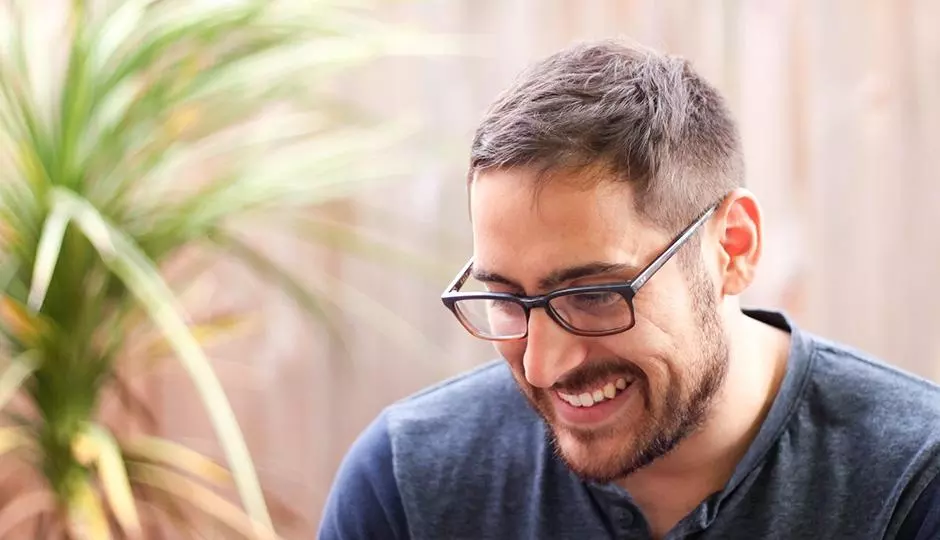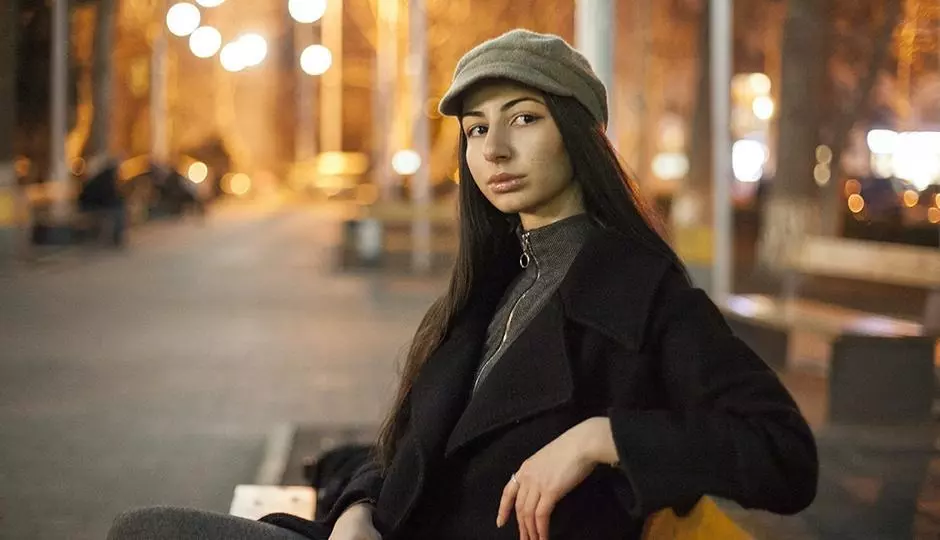Managing hair loss is a concern for most people undergoing chemotherapy or other follicle-challenging situations. The good news is that your hair will more than likely grow back once you're completed treatment (usually within 3-4 weeks), but how do you manage hair loss in the meantime?
Why Does Chemo Make Hair Fall Out?
Cancer cells are extremely adept at dividing and multiplying at an alarming rate--that's why your body can't fight them off without that chemo boost. Most of your body's cells grow at a more moderate rate, with the exception of hair follicles. Think about how often you need a haircut--it grows fast. So chemo agents that target rapidly growing cancer cells are going to take out hair follicles as a sort of collateral damage--like Pac-man, gobbling up everything in its path.
This is why your hair will return once the chemo is completely out of your system--the hair follicles will usually regenerate. Your hair may not be exactly the same, but before long you'll adjust to any differences in texture or variations in color.
Prepping For The Fallout
So what should you do in the meantime, during your treatment and for a few months afterward? Here are some tips to slow your hair loss.
- Cut your hair before beginning your treatment, even if you've always had long hair. Shorter hair looks fuller, so when it starts falling out it won't be as noticeable. Also, a new, shorter 'do can make the hair loss transition easier.
- Baby your hair. Use a gentle shampoo and a soft brush. Before you start treatment, strengthen your hair--no more coloring, perms, or straightening until after treatment. Avoid heat on your hair--let it air dry, and don't use curling or flatirons. Heat and chemicals on your hair weaken the strands, so go au naturel.
- Shave your head. It seems like a radical idea, but getting it over with does a couple of things. Some people find their scalps are itchy and irritated during treatment, and going bald alleviates some of those symptoms. Also, if your hair is already gone, you're spared the embarrassment of a large clump falling out at the grocery store.
- Protect your scalp with lotion for dry skin, wear sunscreen, and a hat--your hair is more of an insulator against cold than you think. Cover your head with pre-tied scarves and hats.
Solutions for Hair Loss
As the overall side effects of chemo have lessened as the pharmaceuticals are better able to focus on the cancer cells, so have hair loss solutions improved.
- Hair integration can help with hair that is thinning. Integration matches human hair to yours, and the new hair is woven into a fine mesh cap to fill in the thinning spots.
- Topical thickeners and regrowth products--there is some research that indicates a topical solution, applied before and during treatment, can slow hair loss. Laser hair therapy may help boost the results of topical products.
- Invisistrand Extensions give you length and volume if your hair's texture changes post-treatment, and can be colored or highlighted to match your hair. The key to natural-looking extensions is to have them professionally applied for a seamless appearance.
Wigs
There's no doubt that wigs are the go-to solution for anyone experiencing hair loss, and new, high-tech products are light years ahead of the old one size fits all editions. Cyberhair Synthetic Hair Systems has developed a wig that duplicates the weight and feel of human hair, only is more durable--no more split ends.
Gemtress Wigs are premium wigs made from human hair, so your wig looks and feels like real hair. Gemtress offers a full range of hair restoration services besides their wigs, we can help you determine if their products are right for you.
Don't let the thought of losing your hair get you down; at New Image Hair Clinic we are here to advise and support you every step of the way. Come by for a free consultation before you begin your treatments.



